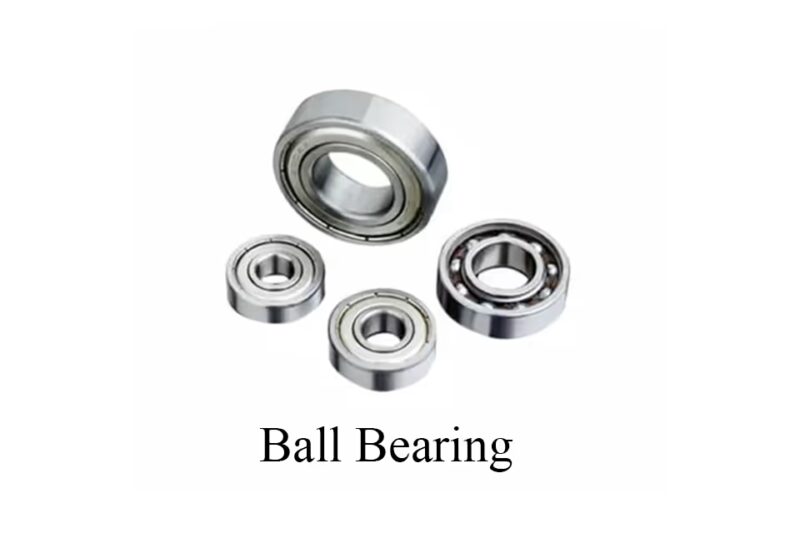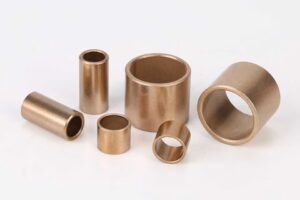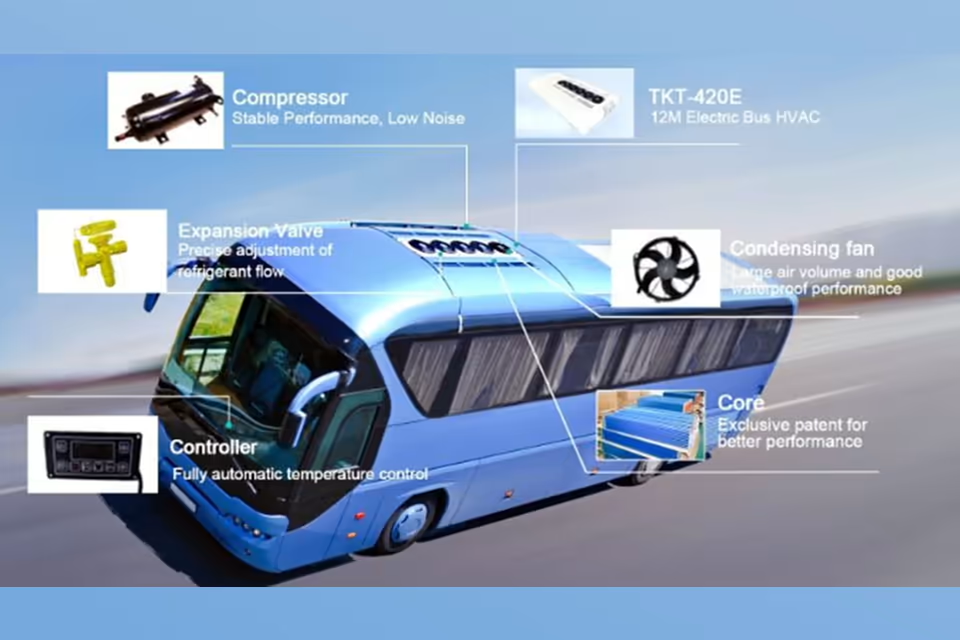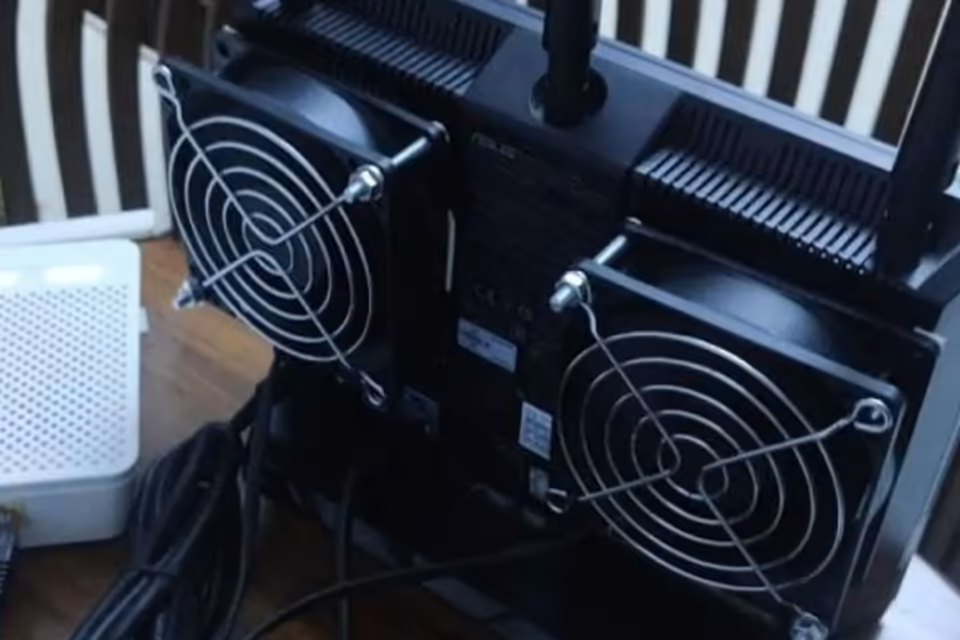Различия между подшипниками скольжения вентиляторов и шарикоподшипниками представляют собой ключевое различие в машиностроении, влияющее на эффективность, производительность и применимость в различных отраслях.
Шарикоподшипники состоят из внутреннего и внешнего колец с расположенными между ними элементами качения (шариками), что обеспечивает меньшее трение и позволяет работать на высоких скоростях, делая их идеальными для применений, требующих точного движения и способных выдерживать шум, таких как промышленные двигатели и компьютерные процессоры.
Напротив, подшипники скольжения, или простые подшипники, используют цилиндрическую втулку, которая непосредственно поддерживает вал, полагаясь на тонкую пленку смазки для минимизации трения.
Такая конструкция позволяет им превосходно работать в более тихих условиях и в приложениях с умеренными нагрузками, таких как бытовая электроника и сельскохозяйственная техника.
Примечательно, что выбор между этими двумя типами подшипников имеет значительные последствия для таких характеристик производительности, как несущая способность, рассеивание тепла и требования к обслуживанию.
Шарикоподшипники известны своей долговечностью и способностью выдерживать более высокие скорости и нагрузки, обеспечивая таким образом увеличенный срок службы до 50 000 часов в оптимальных условиях. Напротив, подшипники скольжения обычно имеют более короткий срок службы, часто от 25 000 до 30 000 часов, и хотя они экономичны и проще в обслуживании, они могут генерировать больше тепла и более подвержены износу и загрязнению.
Споры вокруг выбора типов подшипников часто сосредоточены на компромиссах между первоначальными затратами и долгосрочной экономией на эксплуатации. Хотя подшипники скольжения могут показаться более экономичными на начальном этапе, превосходная производительность и долговечность шарикоподшипников могут обеспечить лучшую ценность со временем, особенно в условиях высоких нагрузок.
Потребительские предпочтения изменились в последние годы: многие выбирают подшипники скольжения для приложений, чувствительных к шуму, признавая при этом преимущества шарикоподшипников в сценариях, критически важных для производительности.
Понимание различий между подшипниками скольжения вентиляторов и шарикоподшипниками имеет важное значение как для инженеров, так и для потребителей, поскольку оно влияет на решения по выбору подшипников на основе конкретных эксплуатационных потребностей, ограничений по пространству и возможностей обслуживания, в конечном итоге влияя на эффективность и надежность оборудования в различных секторах.
Дизайн и Конструкция
Обзор типов подшипников
Шарикоподшипники и подшипники скольжения — это два различных типа подшипников, используемых в различных областях, каждый из которых обладает уникальными конструктивными особенностями и материалами изготовления.
Шарикоподшипник состоит из внутреннего и внешнего колец, между которыми расположен ряд шариков, удерживаемых сепаратором. Такая конструкция обеспечивает снижение трения и улучшенную производительность, особенно в приложениях, требующих точности.
Напротив, подшипники скольжения, также известные как простые подшипники, имеют форму втулки, которая непосредственно надевается на вал, создавая небольшой зазор, заполненный смазкой.
Используемые материалы
Конструкция шарикоподшипников обычно включает компоненты из закаленной стали, прошедшие прецизионную обработку, что обеспечивает повышенную точность и долговечность. Такое точное производство обеспечивает плотную посадку, позволяя шарикоподшипникам эффективно выдерживать более высокие скорости и нагрузки.
Conversely, sleeve bearings are often made from porous, powdered metals, which are produced using a sintering process. These materials can include polyamide, Teflon, rubber, ceramic, bronze, and various composites, allowing for a range of properties suited to different applications.
Соображения размера и пространства
In terms of physical dimensions, ball bearings are generally more compact in width compared to sleeve bearings, which tend to have a longer profile.
Despite this, sleeve bearings can be advantageous in applications where space is limited and heavier loads need to be supported. Their design allows for the accommodation of larger load capacities within tighter spaces, although they are susceptible to failure from contamination due to their open construction.
Смазка и Обслуживание
Both types of bearings require lubrication to maintain performance and prevent failure.
Ball bearings can be sealed for life using thick lubricants that are less prone to evaporation, enhancing their reliability. In contrast, sleeve bearings have a more open design that allows for only a fixed amount of lubricant, which can evaporate more easily.
This difference in lubrication approach highlights the maintenance needs that must be considered during the selection process for a bearing type.
Принципы работы
Подшипники скольжения
Sleeve bearings, also known as plain bearings, function by supporting a rotating shaft or journal within a cylindrical sleeve. They rely on a thin film of lubricant to minimize direct contact between the bearing surface and the shaft, which reduces friction and wear during operation.
These bearings excel in applications involving rotary and linear motion due to their ability to evenly distribute loads and absorb vibrations. They are particularly suited for applications requiring high-frequency oscillatory motion, such as automotive suspensions and robotic linkage systems.
One significant characteristic of sleeve bearings is their design, which allows them to be more compact compared to other types of bearings. This compactness enables them to carry heavier loads in constrained spaces.
However, they are generally limited to lower speeds compared to rolling element bearings and tend to generate heat due to friction, which can lead to premature failure if not managed properly.
Шариковые подшипники
Ball bearings, classified as antifriction bearings, employ rolling elements (balls) to reduce friction between the inner and outer races of the bearing.
This design allows them to carry both radial and thrust loads efficiently, making them versatile for various applications ranging from conveyor systems to household appliances. The rolling mechanism in ball bearings enables them to operate at higher speeds with lower heat generation compared to sleeve bearings, thereby improving performance and longevity under demanding conditions.
The operational efficiency of ball bearings is also contingent upon several factors, including the inner diameter, outer diameter, and width requirements, as well as the application-specific radial, axial, and thrust loads.
The choice of materials and proper installation techniques are crucial for minimizing noise and ensuring optimal performance, highlighting the need for careful consideration when selecting the appropriate bearing type for specific applications.
Эксплуатационные характеристики
Эффективность и Теплоотвод
Cooling fans are critical in maintaining optimal operating temperatures across various applications, and the choice of bearing significantly impacts their efficiency.
Sleeve bearings, while generally quieter and cost-effective, have limitations in their heat-dissipating capabilities, making them more suitable for low-temperature applications.
In contrast, ball bearings, including hybrid ceramic options, excel in high-temperature environments due to their superior heat dispersive characteristics. Their design, which allows for better conduction of heat through a larger surface area, ensures consistent performance under demanding conditions.
A study by the National Renewable Energy Laboratory (NREL) indicates that well-maintained cooling fans can achieve energy savings of up to 30%, emphasizing the importance of selecting the right bearing type for effective heat management.
Уровни шума
Noise generation is a notable difference between sleeve and ball bearings. Ball bearings tend to produce more noise, which can be a disadvantage in noise-sensitive environments such as residential settings.
However, their reliability in high-demand applications, such as data centers and high-performance computing, often outweighs the noise concerns.
In contrast, sleeve bearings are preferred in applications where quiet operation is essential, providing a more subdued noise profile.
The installation and operational guidelines play a significant role in minimizing noise; incorrect installation can exacerbate sound levels, regardless of bearing type.
Долговечность и Надежность
Durability is a key factor in the performance characteristics of fan bearings. Ball bearings generally offer extended longevity and reliability, particularly under high-load conditions, owing to their robust design. They are known for maintaining a high mean time between failures (MTBF) and are therefore favored in high-demand environments despite their higher cost and noise levels.
Sleeve bearings, while often less expensive, tend to have a shorter lifespan in high-load applications due to their susceptibility to wear and limited load capacity.
Regular maintenance and proper lubrication of both types are essential to maximize their operational lifespan and efficiency, with research suggesting that appropriate lubrication can enhance ball bearing life by up to 50%.
Грузоподъемность
When considering load capacity, ball bearings typically outperform sleeve bearings. Ball bearings are designed to handle higher loads and are better suited for applications requiring high-speed operation, while sleeve bearings excel in low-load scenarios.
Understanding the specific requirements of an application is crucial in selecting the appropriate bearing type to ensure optimal performance and durability over time.
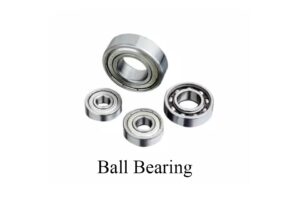
Applications
Подшипники скольжения
Sleeve bearings are best suited for low to moderate speed applications and light loads. They are commonly utilized in fans, blowers, and electric motors, where their capacity to operate quietly and efficiently under light loads is particularly valued.
This makes sleeve bearings an ideal choice for cooling fans used in consumer electronics and home appliances, as they provide a cost-effective solution that delivers adequate performance without the need for high precision or frequent maintenance.
Typical applications for sleeve bearings extend to construction machinery, agricultural equipment, and civil engineering, where their ability to function in compact spaces and carry heavier loads is beneficial.
Шариковые подшипники
In contrast, ball bearings are favored in scenarios requiring higher speed capabilities and the ability to handle both radial and thrust loads. Their design allows for reduced friction thanks to the rolling elements, making them suitable for applications that involve significant movement and higher operational demands.
Ball bearings are commonly found in computer processors, industrial motors, and HVAC systems, where their durability and efficiency under varying load conditions are essential.
Despite being noisier than sleeve bearing fans, ball bearings are preferred in environments where performance and longevity outweigh the need for quiet operation.
Обслуживание и Долговечность
Сравнение срока службы
When evaluating the longevity of fan bearings, ball bearings significantly outperform sleeve bearings. Research conducted by the University of Michigan indicates that ball bearings can last up to ten times longer than sleeve bearings under optimal conditions.
For instance, the typical lifespan of a ball bearing fan is around 50,000 hours or more, while sleeve bearings generally have a lifespan of 25,000 to 30,000 hours. This extended lifespan is particularly beneficial for applications where frequent replacement is impractical, such as in hard-to-reach areas or continuous operation environments.
Факторы, влияющие на долговечность
Температурная чувствительность
Temperature plays a critical role in the lifespan of both types of bearings. As operating temperatures increase, the lifespan of sleeve bearings can decrease by nearly 50% for every 10°C rise. Most lubricants used in sleeve bearings degrade rapidly beyond 70°C, rendering them less effective and leading to increased friction and wear.
In contrast, ball bearings can typically tolerate higher temperatures due to more stable lubricants, making them a better choice for high-heat environments.
Потребности в смазке
Lubrication is essential for the longevity of any bearing type. While both ball and sleeve bearings require lubrication to minimize wear, sleeve bearings need significantly less due to their design, which reduces overall maintenance costs and environmental impact.
However, sleeve bearings rely on a thin film of lubricant that can deteriorate over time, leading to increased friction and wear if not properly maintained. In contrast, ball bearings, which utilize metal balls to reduce friction, offer smoother operation and less noise, thereby extending their operational life.
Вопросы обслуживания
Both bearing types require monitoring to ensure they function effectively over time. Regular maintenance helps minimize downtime and maximize the efficiency of the machinery in which they are used.
While sleeve bearings are often easier to maintain due to their simpler design, ball bearings are generally preferred for applications that demand higher reliability and durability.
The decision between the two should consider factors such as operating speed, load capacity, and temperature range to achieve optimal performance throughout the intended lifespan.
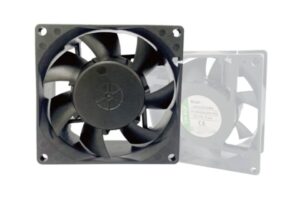
Потребительские предпочтения и рыночные тенденции
Consumer preferences in the bearing market have evolved significantly, influenced by a range of factors including cost, performance, and application-specific requirements.
In recent years, there has been a noticeable trend toward the adoption of sleeve bearings, particularly in environments where noise sensitivity is a critical concern. Sleeve bearings typically operate more quietly than ball bearings, making them a preferred choice for applications such as office spaces and hospitals, where equipment noise must be minimized.
On the other hand, while ball bearings may require a higher initial investment, their longer lifespan and lower maintenance costs can make them a more economical choice over time, particularly in high-demand industrial settings. As such, many consumers are inclined to weigh the upfront costs against long-term operational savings when selecting a bearing type.
Market trends indicate a growing awareness of the importance of performance characteristics such as load capacity, thermal conductivity, and speed capability in driving purchasing decisions.
For instance, industries that require heavy-duty cooling systems may lean towards ball bearings due to their strength and reliability under high loads.
Meanwhile, advancements in bearing technology have led to innovations like the OmniCOOL™ system, which combines the benefits of both sleeve and ball bearings, appealing to consumers looking for a versatile solution that does not compromise on noise or durability.

